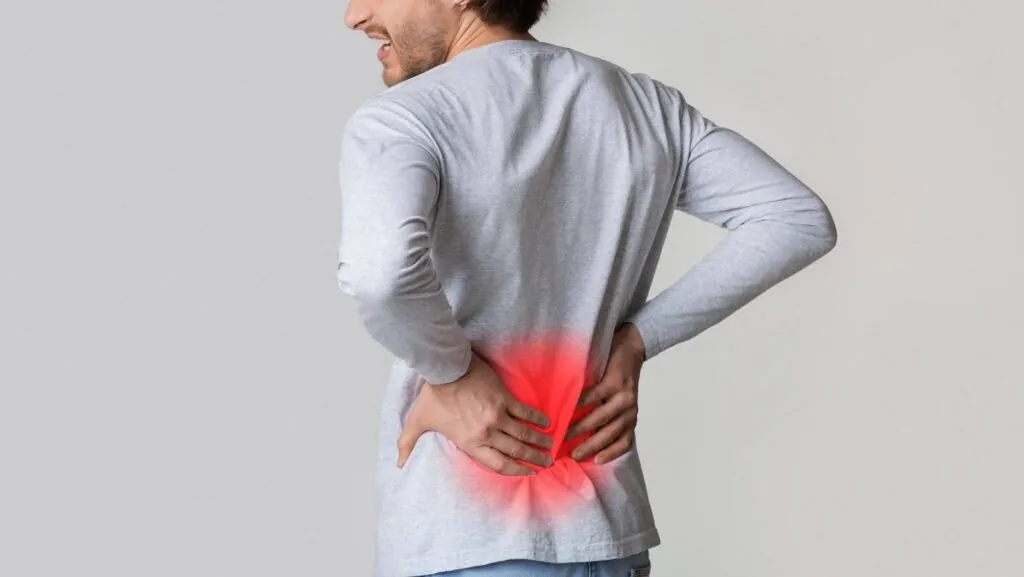Table of Contents
ToggleJoint pain isn’t something people plan for. One day, you notice stiffness, then later it hurts to bend or climb stairs. Sometimes it’s age, sometimes an old injury, sometimes just bad luck. When that happens, people start looking for solutions.
Surgery is an option, but most people see it as the last resort: invasive, lengthy in recovery, and for many, intimidating. That’s why non-surgical orthopedic therapy is catching on. Doctors now rely on injectables that ease pain without putting patients through months of downtime. And clinics need safe products, which is where Cosmo Direct Supply comes in.
People often try other things first — yoga, teas, even home remedies. They help for a bit, sure, but when pain keeps coming back, it’s not always enough. Then injections start to make sense.
Why Injections Make Sense
Think about how a joint is supposed to work: smooth, flexible, no grinding. When natural cushioning wears away, every step can feel rough. Hyaluronic acid injections for osteoarthritis step in here. Hyaluronic acid is part of the body’s own synovial fluid — the natural “oil” that keeps things moving. Topping it up is a bit like oiling a rusty hinge. It won’t make the door brand new, but suddenly it moves again. That simple idea explains why many people consider injections.
Orthopedic injections for joint pain are much easier to fit into life than surgery. A patient might stop by a clinic in the morning and be back at work the same afternoon. Knees, hips, shoulders, even elbows or ankles. There’s hardly a joint that can’t benefit. For people who want to stay mobile, that flexibility is huge.
Recent evidence supports this approach. A 2025 study published in BMC Musculoskeletal Disorders followed patients with advanced knee osteoarthritis who received a single hyaluronic acid injection. Six months later, pain levels had dropped by more than 50%, mobility improved by around 45%, and stiffness was reduced by nearly 60%. Findings like these highlight why injections are often considered before surgical options.
What Options Are Out There
Not all injections are equal. Synvisc injections for knee pain are well known for giving several months of relief. Durolane hyaluronic acid for joints is valued because it often works with a single shot. One visit, longer results, less hassle.
These treatments fall under viscosupplementation therapy. A fancy way of saying the joint is “topped up” with gel-like cushioning. They don’t cure arthritis. But then again, most patients aren’t asking for miracles. They just want to walk the dog, climb the stairs, or carry groceries without wincing.
Alternative Medicine and Orthopedics
Some people wonder if injectables belong under alternative medicine for joint care. In a sense, yes. They’re not acupuncture or herbal tea, but they’re far less invasive than surgery. They’re FDA-approved, widely used, and practical.
For anyone not ready to go under the knife, non-surgical joint pain treatment offers middle ground. It’s not pills, and it’s not surgery either. Just something in between. Lighter, but still effective.
“Alternative” doesn’t always mean “natural only.” It can also mean choosing safer, lighter options that still work. Injections fit perfectly into that idea.

Practical Details and Aftercare
Here’s what makes patients say yes: the simplicity. Most sessions take less than an hour. Side effects are usually mild, such as swelling, bruising, or slight soreness. They tend to pass within a few days. To help with that, doctors often give a short list of do’s and don’ts: take it easy for 24–48 hours, avoid heavy workouts, skip saunas or hot tubs. Normal life continues. No crutches, no long rehab schedules. For many, that’s already a win.
The duration depends on the brand and the joint treated. Monovisc can last close to a year. Orthovisc or Synvisc-One usually work for about six months. Cingal, which mixes hyaluronic acid with a corticosteroid, works fast but doesn’t last as long. Each case is different, and that’s fine. Doctors adjust the plan to match the patient’s goals. For many, that means using injections as a way to hold things steady. Pain goes down, and they can get back to yoga, therapy, or just normal walks.
These treatments aren’t for everyone. If you’ve got an infection, a strong allergy, or a skin problem near the joint, doctors usually say to wait. And just like with dermal fillers, they’re not recommended during pregnancy.
Prices vary, but most injections fall in a range similar to other minimally invasive treatments. Some options start around $100, while advanced products like Durolane may be closer to $200 or more. Exact costs depend on the clinic and treatment plan.
Why Patients Choose It
The benefits of hyaluronic acid for joint mobility aren’t hard to understand:
- Less pain with daily activities
- More natural cushioning in the joint
- A quick procedure with almost no recovery
- The option to repeat when needed
- The chance to delay surgery
They mean freedom to stay active, to keep independence, to enjoy life without scheduling everything around pain.
Mobility Without Surgery: How Orthopedic Injections Help
Orthopedic injections aren’t a magic fix. They don’t erase arthritis or make a joint brand new. What they can do is give people a break — less pain, a bit more freedom, and the chance to hold off surgery. For most, that’s already a big step forward.
And that step can go even further. The truth is, results get better when you mix injections with light exercise, therapy, or just small daily habits that keep joints moving. Because the treatment can be repeated, it’s not only a quick patch. It becomes a way to manage pain over time without pressing pause on life.
Mobility isn’t only about smooth joints. It’s about walking the dog, climbing stairs, and living fully. With safe products from Cosmo Direct Supply, patients and clinics have a reliable way to make that possible. And if you’re thinking about trying this path, start by asking your doctor. The right plan makes all the difference.



